Beijing's Yuanmingyuan Park is determined to play a positive role in the passing down of traditional culture and to meet the growing need for public cultural offerings.
Spread over 350 hectares, the park, which is also known as the Old Summer Palace, is the former resort of the imperial family during the Qing Dynasty (1644-1911). It was one of the first national archaeological parks on the list issued by the National Cultural Heritage Administration in 2010.
According to Wang Meng, deputy director of Yuanmingyuan's administration office, a great deal of work has been carried out at the site over the past decade, from the conservation of the ruins, archaeological excavations and the restoration of artifacts, to academic research and museum construction.
A month ago, an archaeological team announced the discovery of a structure known as the Danbo Ningjing. The foundation of the structure, which was used to conduct ceremonies before each farming season, is shaped like the Chinese character tian, which means farmland.
Zhang Zhonghua from the Beijing Archaeological Research Institute and lead archaeologist on the dig, said the structure suggests that the emperors also sought inner peace and a comfortable life for their people.
According to Zhang, archaeological work at Yuanmingyuan started in 1994. The team embarked on the third stage in 2013, using more advanced scientific methods to work on the Dagongmen Gate area.
"It was the main entrance to the Old Summer Palace, a ceremonial area that shows the protocols and order followed during ancient times," Zhang said. "We have made important archaeological achievements that provide a scientific basis for the conservation, display and use of the site. But there is still a lot of work to be done and plenty of things to discover in the ruins."
He said the team's goal is to show the public a relatively complete palace through a combination of archaeological work, technology and historical remains.
Since 2015, the team has conducted excavations in the open, so that visitors are able to observe them from up close.
Work at the Danbo Ningjing was broadcast live via short-video platform Kuaishou last month and attracted over 428,000 views. The audience was also able to interact with archaeologists during the broadcast.
"By broadcasting the dig, archaeologists got to practice turning the terminology they use into language most people were able to understand, which helped bring the cultural remains to life," Zhang said, adding that answering viewers' questions benefits both sides as it can also help to broaden the way archaeologists think.
Visitors are able to gain greater appreciation for the team's hard work and the importance of what they do by watching excavations, he said.
For the administrative team at Yuanmingyuan, restoration is a key task.
Since 2019, five lots of cultural artifacts including porcelains and colored glaze pottery have been restored successfully, and rubbings have been digitalized. Since 2016, a document outlining all the visible remains at Yuanmingyuan has been continually updated, with 86 locations recorded to date.
In addition, a research and study center was set up at the palace for children to take part in simulated archaeological activities and artifact restoration.
"We provide students with tools and teach them how to excavate following archaeological procedures," said Wang, the administrative deputy director. "The activity is quite popular among students, as is our volunteer program."
Souvenirs are also popular with young visitors. Since 2016, Yuanmingyuan has launched some 200 products through online shopping platforms and five brick-and-mortar stores.
"We have made a digital database of all the materials we have about Yuanmingyuan, which can be used by artists as inspiration to create new items," he said.
According to Wang, a museum at the Zhengjue Temple compound is set to open this year.
"We have visited many renowned museums for research purposes, including the National Museum of China, the Beijing Luxun Museum and the Capital Museum, and we already have an outline for the exhibition," Wang said.
He said that officials at Yuanmingyuan are preparing to implement plans for heritage conservation and a national archaeological park that should be complete by 2035, to contribute to long-term management of the ruins.









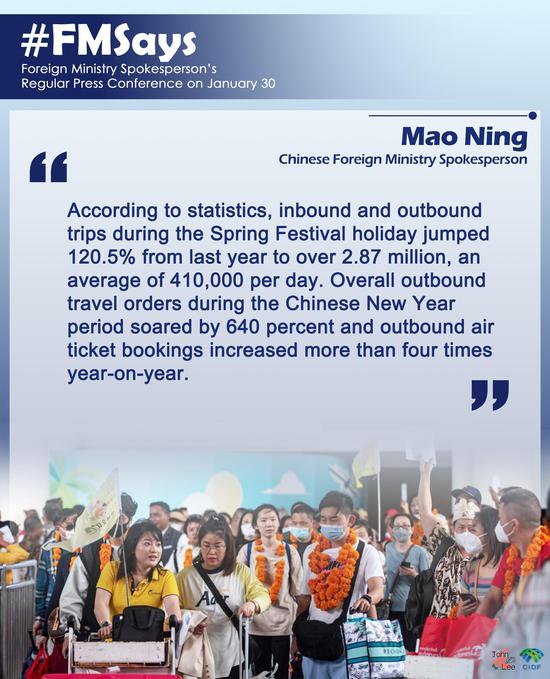
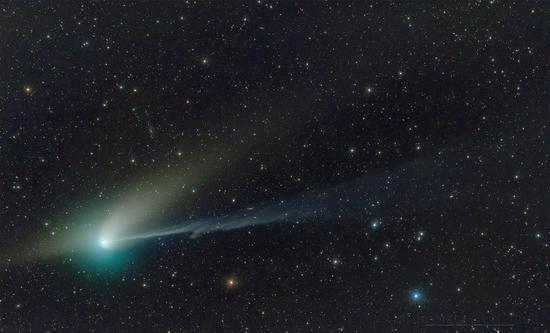
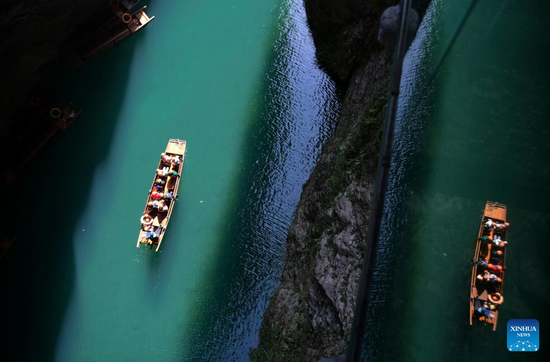
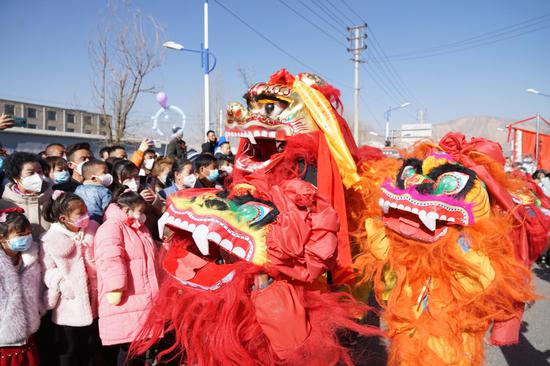
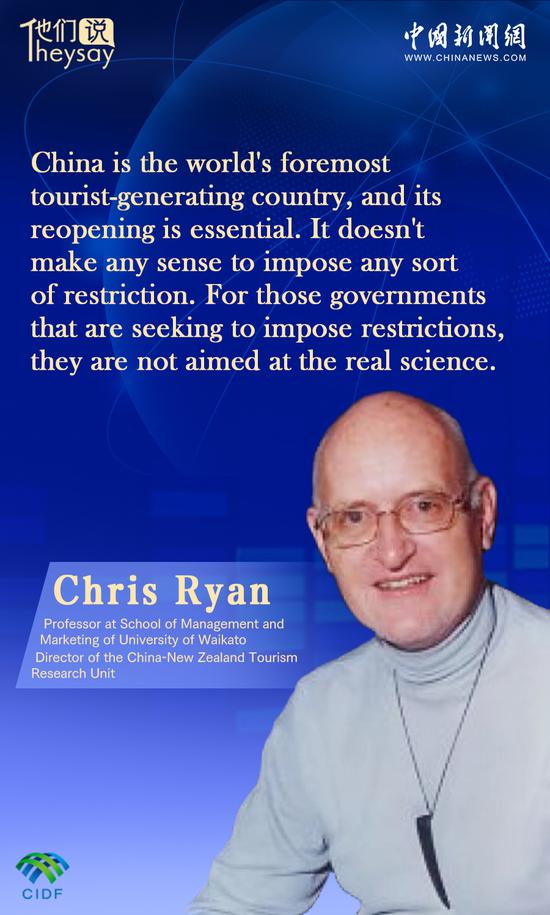
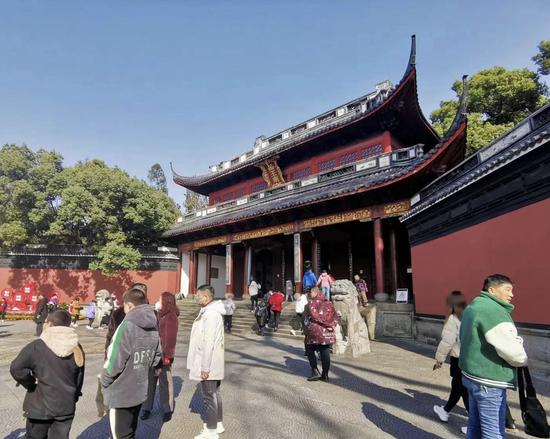
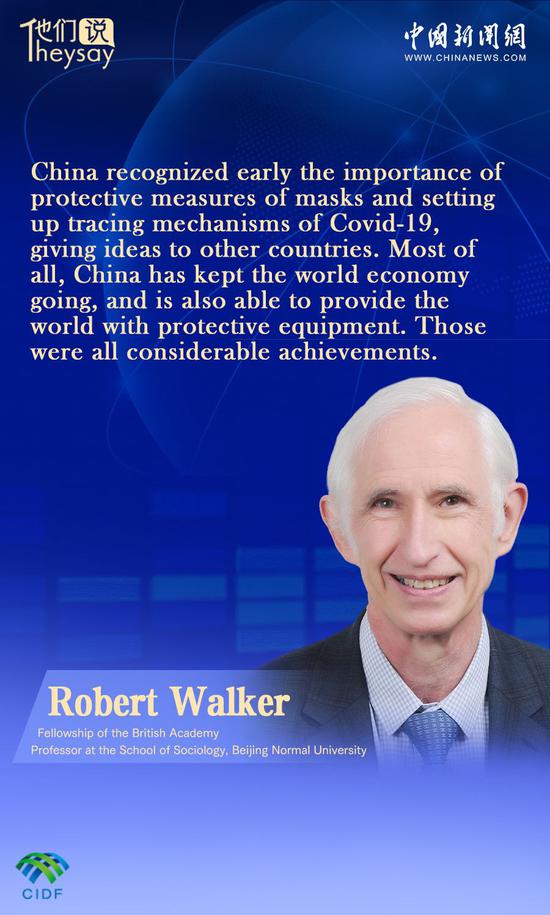
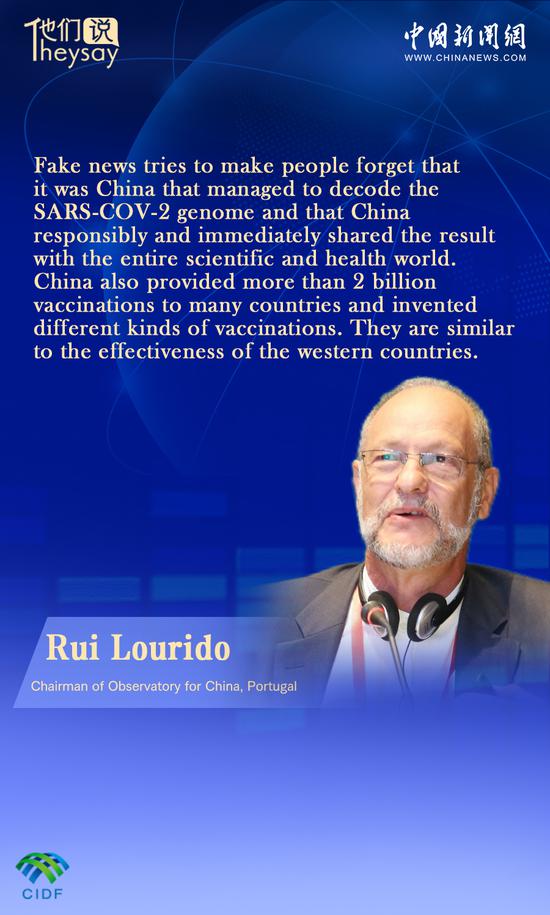
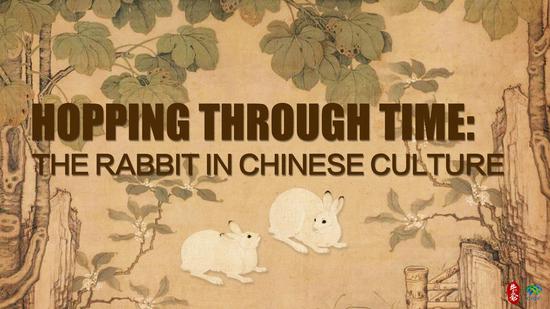

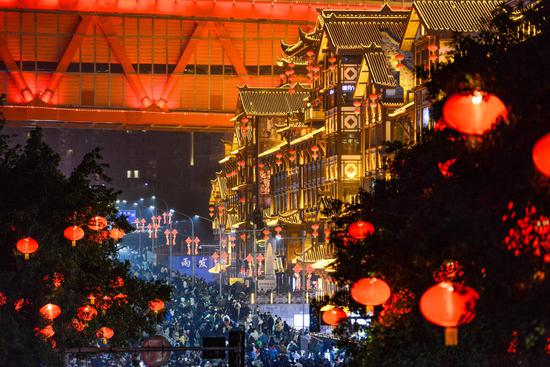


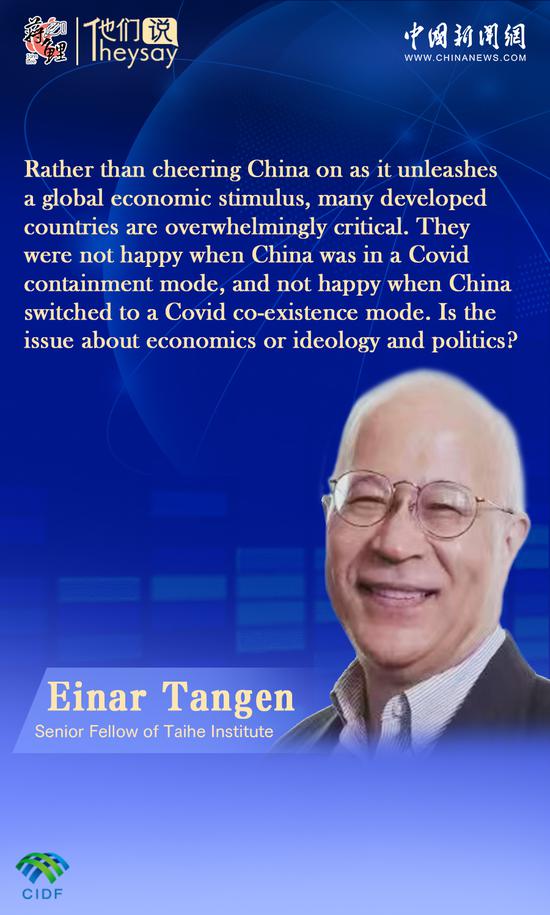
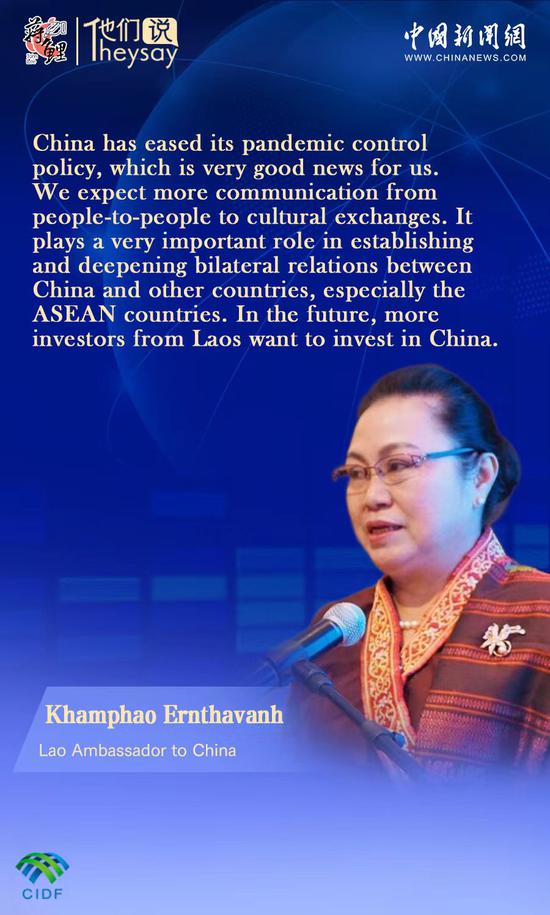

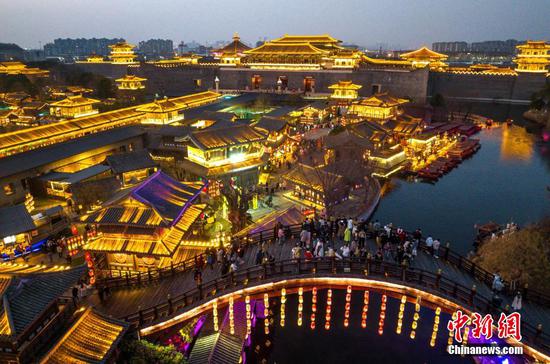
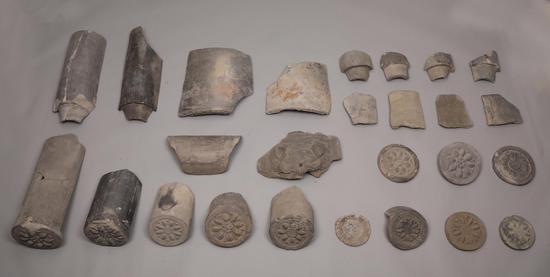
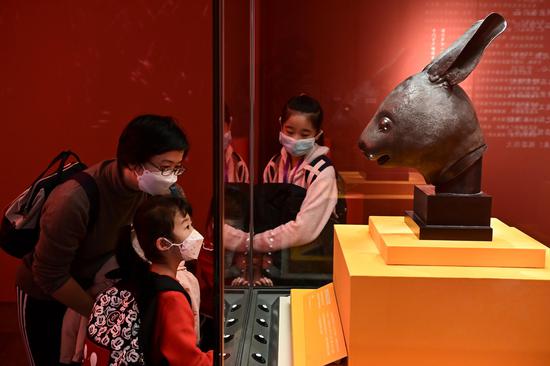
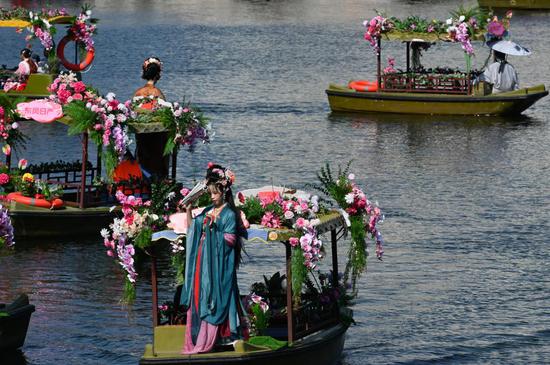
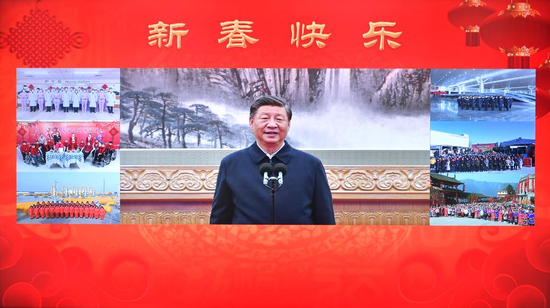
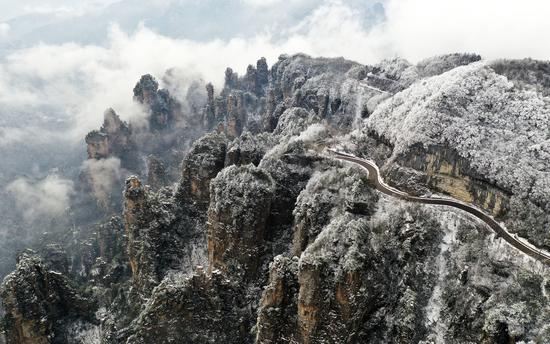
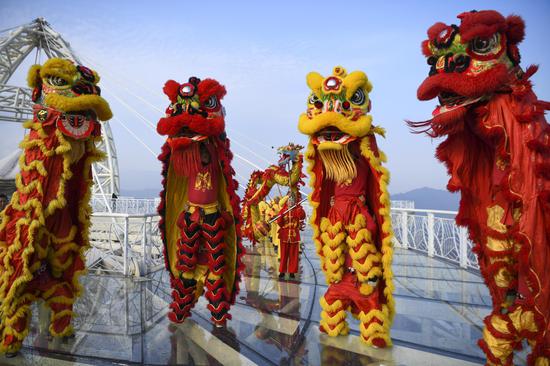


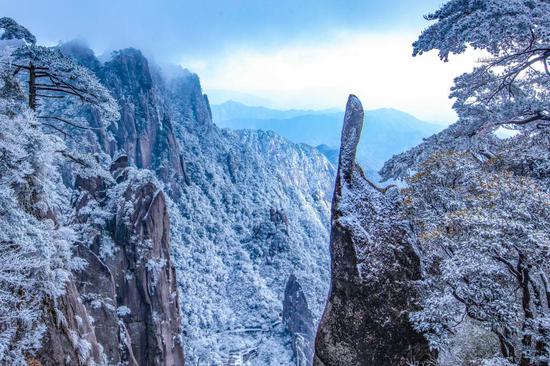
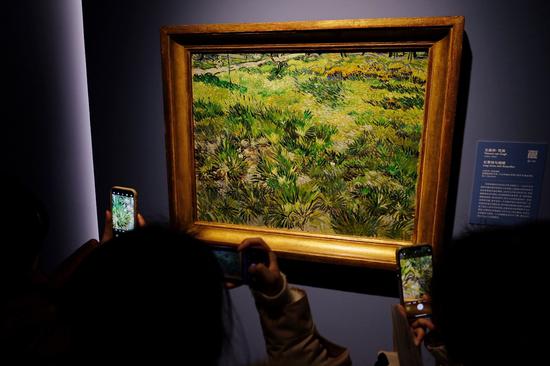
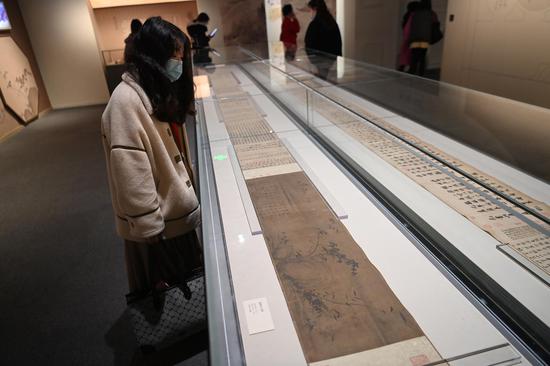
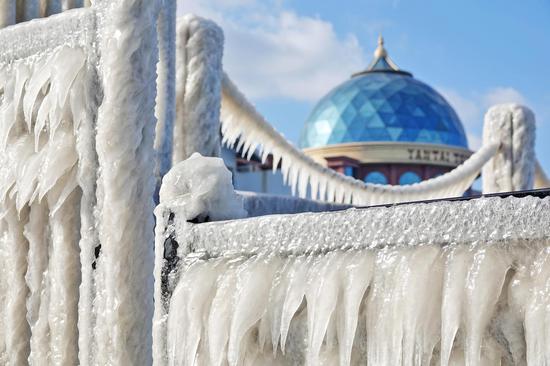
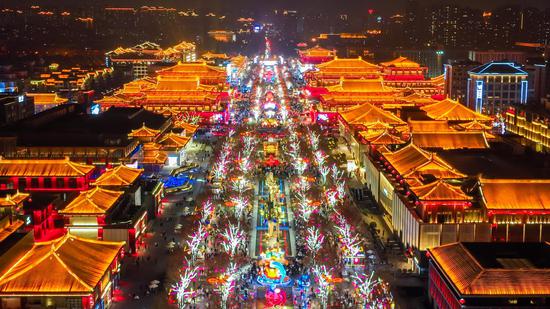

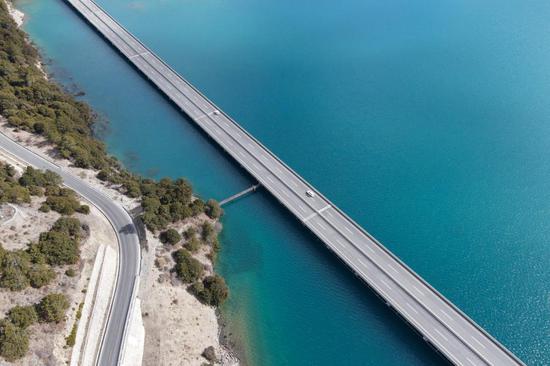
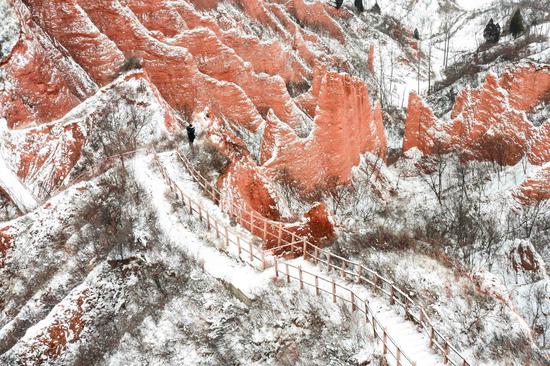
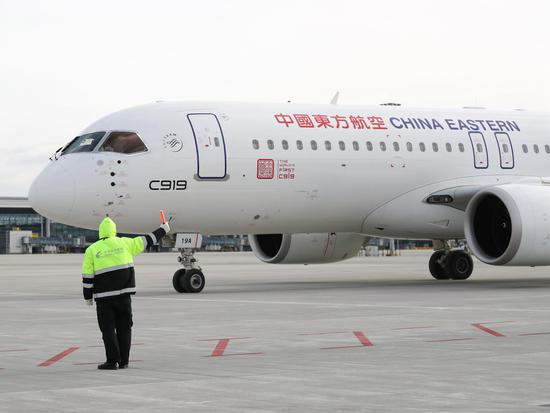
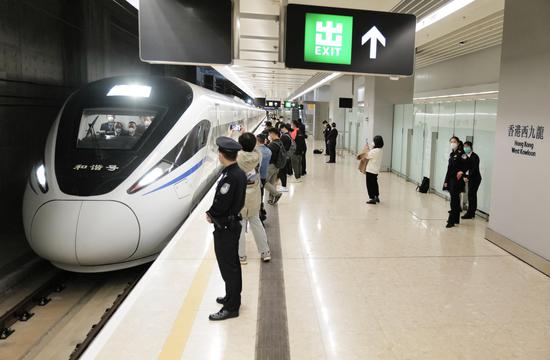






 京公網(wǎng)安備 11010202009201號
京公網(wǎng)安備 11010202009201號